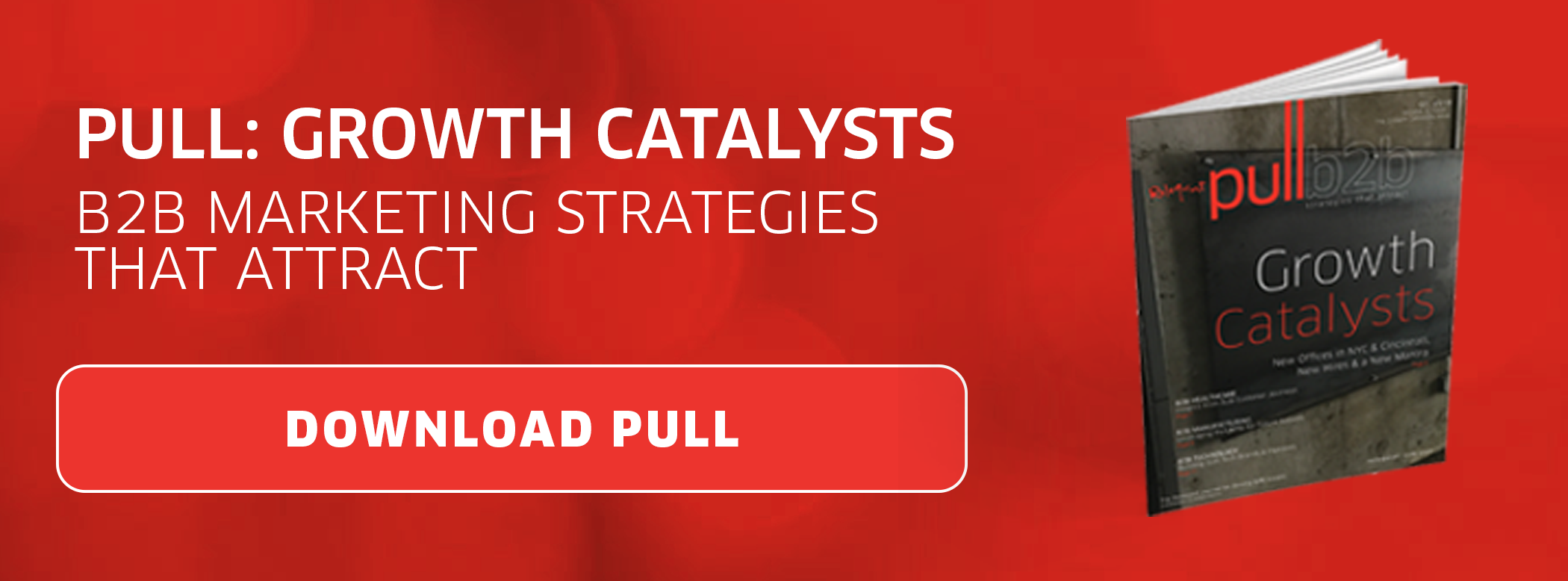 So you’ve spent lots of time developing great B2B content for all stages of the buyer’s journey and have generated a number of leads — but they’re not converting into the number of customers you want. What’s the problem, and how can you fix it?
So you’ve spent lots of time developing great B2B content for all stages of the buyer’s journey and have generated a number of leads — but they’re not converting into the number of customers you want. What’s the problem, and how can you fix it?
Chances are, these leads are interested in your product or service, but they need more relevant information and likely a bit more time before they're ready to buy. The solution: Improve your automation strategies to turn those warm B2B leads into hot buyers. Here are four strategies that can help.
1. Dynamic website content
Put the information you already have about your leads from your CRM to work with dynamic website content, sometimes called smart content. Dynamic content boosts conversions by making your website visitors’ experience more relevant and personalized by reducing redundant information and showing them the next logical step in the buyer’s journey.
If a lead has already come to your website and downloaded a top-of-the-funnel whitepaper, for example, don’t show them the same offer when they return. Instead, move them down the funnel with a call-to-action that gives them more information about your company, such as a case study.
On a second or third visit to your website, a lead has already done their homework: they know who you are, how your solutions work, and why you say you’re better than the competition. However, when your leads see your products and services through the eyes of other customers, it creates a sense of confidence in your company. It also provides a bit of social proof that many people need before they buy.
2. Drip campaigns
Targeted, time-based drip emails designed to warm up leads can have as much of a 98 percent conversion rate, according to some studies.
For example, if you have leads who downloaded a whitepaper on a specific product but haven’t engaged with anything thereafter, it might be because that particular product wasn't quite right.
Messaging that backs up a few steps and educates the buyer on a wider range of your products while also touching on a few competitive differentiators will give the buyer an opportunity to give your company a second look.
Drip campaigns are easy to set up, especially if you have a lot of great content to work with and if your email platform supports triggered automated sending. First, create a list of your blog posts and other content with high conversion rates, and create a series of emails promoting them so that they build on each other in a way that make sense.
Next, use your previous persona research to determine how many emails to send, how frequently to send them out, whether to include additional CTAs and when it’s appropriate for sales to reach out to a lead directly.
3. Lead nurturing campaigns
Unlike drip campaigns, which are based only on time, automated lead nurturing campaigns are based on a lead’s specific behavior and actions. Each of your lead nurturing campaigns should look different, depending on the content a lead interacted with and where they are in the buyer’s journey.
Take some time to audit your content and figure out what lead nurturing emails to send to different types of leads, depending on where they are in their journey, as well as the frequency of the emails (daily, weekly, monthly, etc.).
For example, if a lead downloaded a top-of-the-funnel whitepaper, they’re likely still in the awareness stage, so your first lead nurturing emails to them should offer additional educational content.
And if a lead downloaded a case study, don’t send them emails promoting your top-of-the-funnel whitepapers — that’s a waste of your time, and theirs. They’ve already shown that they have some level of interest in your product or service specifically, so send them content that will move them further down the funnel, such as an invitation to participate in a consultation, free trial or live demo.
Make sure to include plenty of calls to action and links in your emails, too. The more information you can collect about your prospects through your email and website analytics, the better your targeting will become.
4. Account-Based Marketing
Because B2B marketing often requires you to interact with several stakeholders within a company before you can close a deal, account-based marketing (ABM) focuses on engagement with an entire organization, rather than with just one contact.
With ABM, you identify a target company, and then do research to determine who critical contacts are, what the company culture is, and how your solutions will fit. From there, you build a strategy and create content just for this prospect company. Be sure to customize your messages for each stage of these particular prospects’ journeys and determine what channels you’ll use to reach them.
Read more about why your company should consider ABM.
Smart B2B Automation Strategies
These B2B automation strategies make it easy to keep leads engaged, regain the attention of strays and give a gentle nudge to anyone hesitating at the end of the funnel. The result is fewer lost leads along the way, and more leads who feel a connection to your company and are ready when it's time for sales to close the deal. ![]()







 By
By 
